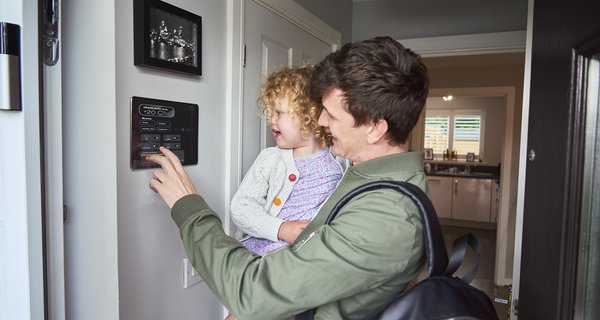Methodology
Interviews
We conducted semi-structured interviews with 13 landlords and conducted a thematic analysis of their answers based on interview transcripts.
Research team
Interviews were led by one of four different members of Nesta staff with experience of conducting research interviews, usually joined by another Nesta staff member to assist in note-taking or asking supplementary questions. Participants were recruited via an external panel to allow for greater diversity of experience and backgrounds and were not known to the interviewers.
Study design
Our interviewees were all landlords with under 10 properties. We recruited participants through an external panel, asking for a mix of participants from across the UK nations and a range of ethnic, social and religious backgrounds, with and without experience of retrofit to their rental property and with a broad range of incomes. After conducting preliminary interviews with members of staff at Nesta who were themselves landlords to refine our topic guide, we made the decision to screen out landlords owning properties in blocks of flats, bedsits and studios. This is because, in England and Wales, flat owners often have to make decisions about their properties in agreement with other leaseholders, which could complicate and limit their ability to make energy efficiency-related modifications, unlike owners of properties in freeholds.
Prior to interviews, we asked interviewees to rate their attitudes to green upgrades in their rental properties on a scale of 1 to 5 (with 1 indicating strong disagreement with a statement and 5 a strong agreement) using the following statements.
- Climate change plays an important part in my considerations when thinking about renovating my rental properties.
- I would be willing to spend money on my rental property to make it greener.
If they agreed and took part in the interviews, interviewees received a £40 incentive as a thank you for their participation. Interviews were held on Zoom and lasted up to an hour. They were semi-structured and followed a pre-designed topic guide, but could include discussions of other topics if raised by the participants or interviewers. Interviews were recorded and analysis was based on automatic transcripts generated by Zoom.
Qualitative data analysis
We conducted a thematic analysis of the interviews using NVivo. A coding framework was generated by a member of the team and reviewed by other team members in the first instance. Three interviews were then blind-coded by another Nesta researcher who had not taken part in the interviews. There was consensus on the themes emerging from the interviews, which were generated both deductively from our questions and desk-based research, and inductively from the data. Further to this, we used Gemini to identify themes across the scripts, which aligned with themes identified by researchers.






